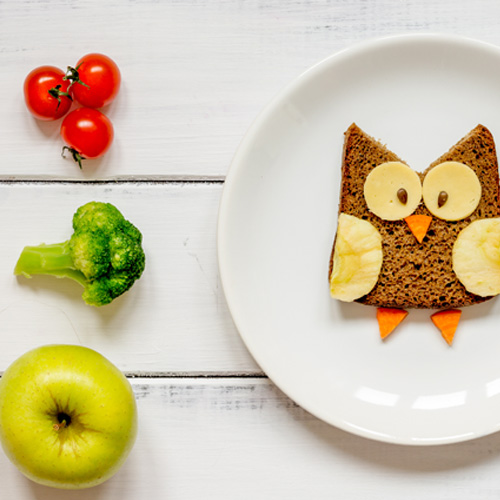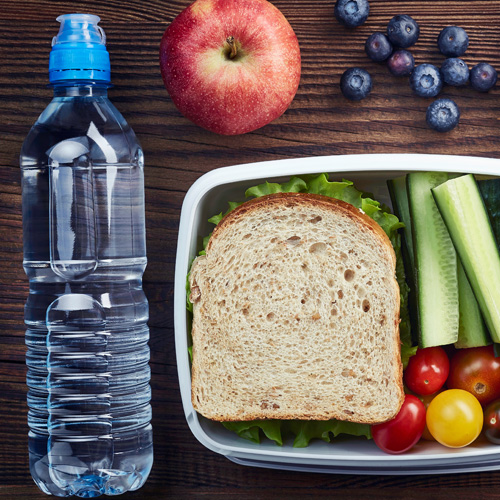
Savvy Snacking
Author: be well™ with Big Y® Registered Dietitian Team
Is it a treat or is it a snack? And why it matters.
For food eaten between meals, what you choose to offer your child(ren) can make the difference between creating an emotional beastie and a happy little camper. Treat daily snacks as Food Group fill-in-the-blanks, because little tummies typically can’t eat all they need at any given meal.
#1: Timing is Everything

Depending on your child’s classroom schedule, they may not be offered a morning snack. This extended time between meals could lead to a dip in blood sugar level, shift in mood, attention span and energy and even an upset stomach and/or headache.
How can you shrink the window of time? Learn if your school offers breakfast. If they do, ask if your child can eat a snack sent from home during this time in lieu of a second breakfast. This could shift time between meals from 7:30 am to noon to 8:45-9 am to noon.
#2: Sustain Energy

Many popular kid-centered “snacks” aren’t much better than candy upon looking at Nutrition Facts Labels and Ingredient Listings, and their sugar-powered energy won’t last long. What to do?
- Lead with protein. Options like roasted chickpeas, jerky, nuts, seeds and nut butters will sustain energy and satiety without the need of refrigeration. If you’re in a nut-free and/or peanut-free school, choose brands that call out their nut-free status.
- Carb up with fruits and whole grains. Shelf-stable fruits like apples and pears, as well as dried choices, such as apricots, raisins, plums, apple rings and 100% pressed fruit, provide much-needed brain fuel by way of Mother Nature. Whole grain crackers and breads that provide fiber will serve as a double whammy for sustaining energy as well.
#3: Keep Snacks Simple

While you’re packing for your child, imagine helping 20 of their classmates eat snack at once. That is what teachers and school staff juggle every day. Don’t overthink it.
- Pack a single container versus multiple. If this means buying bulk nuts and dried fruit versus single-serve pouches, do it.
- Offer 2-3 Food Groups. Think: protein, fruit and whole grains.
- Stick to shelf-stable options only. If feasible, take the need for ice packs and/or refrigeration out of the equation.
Published 9/1/2021


